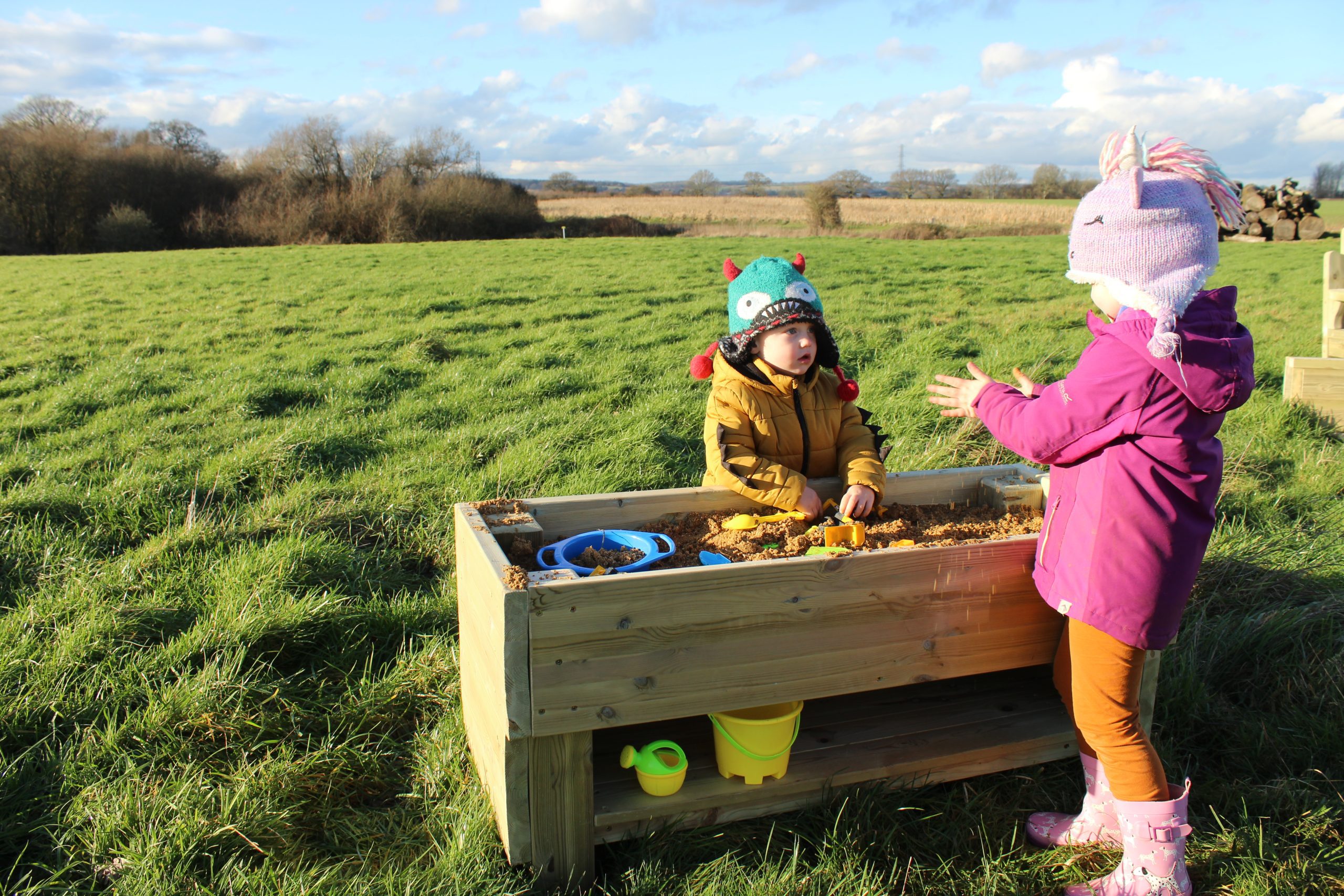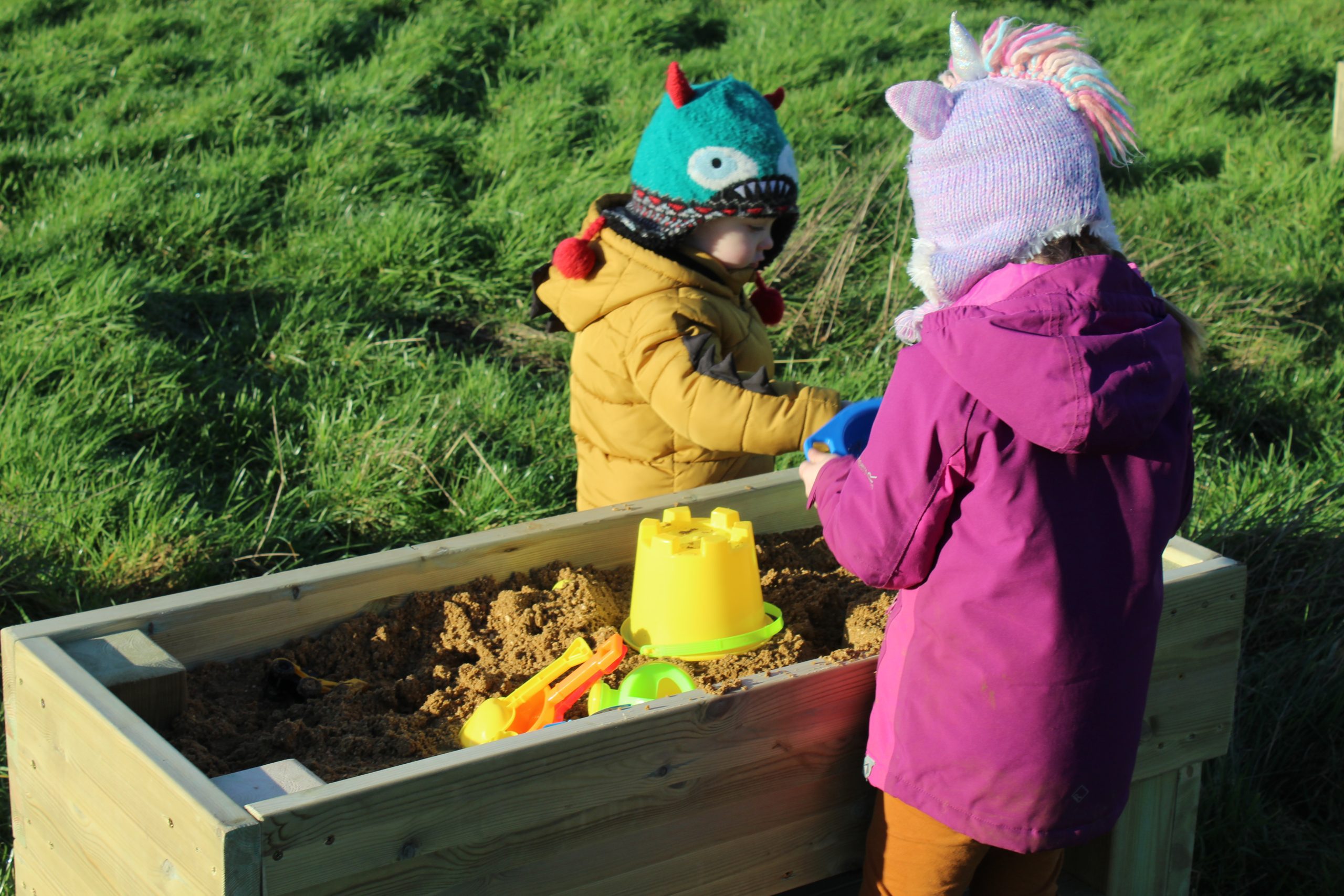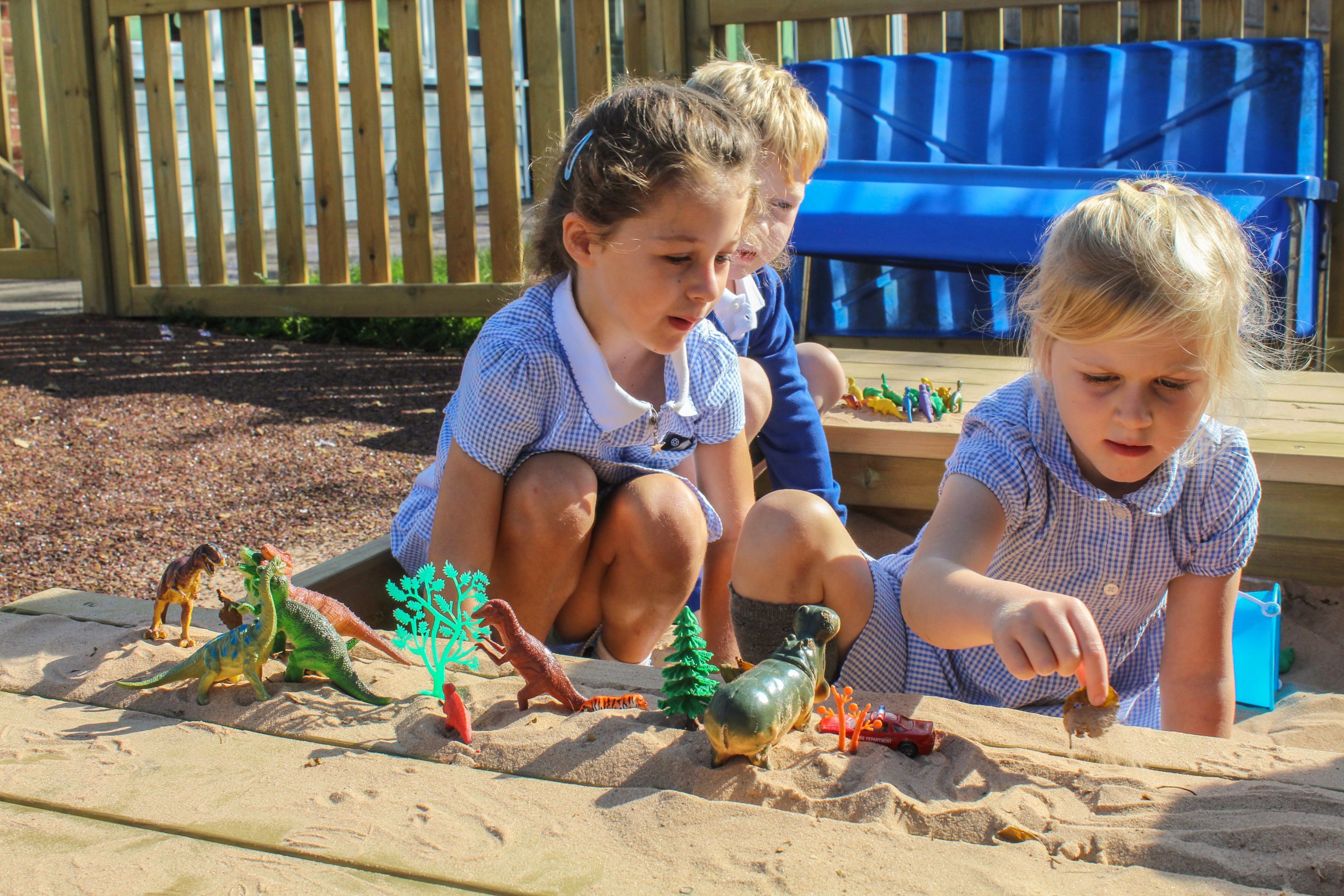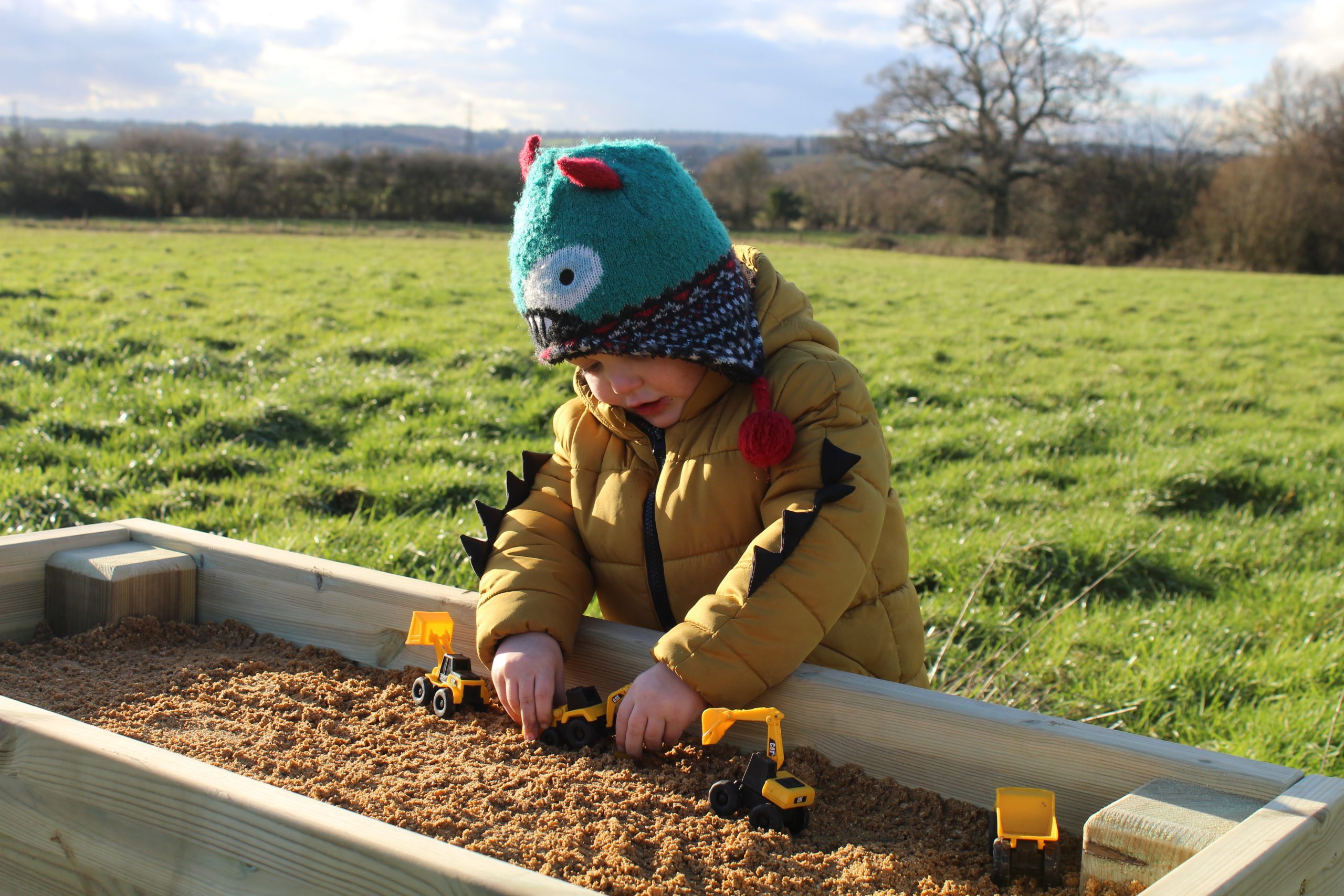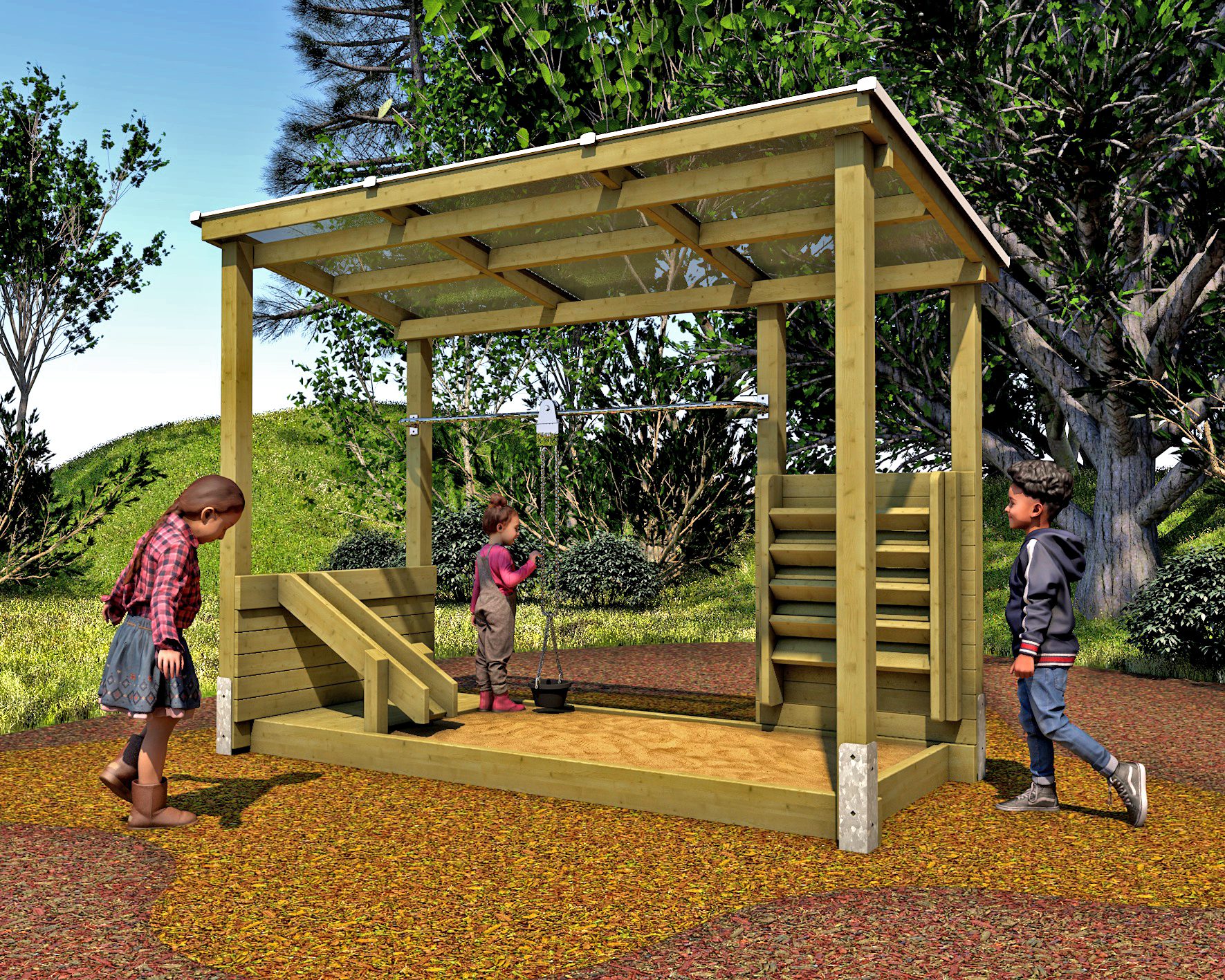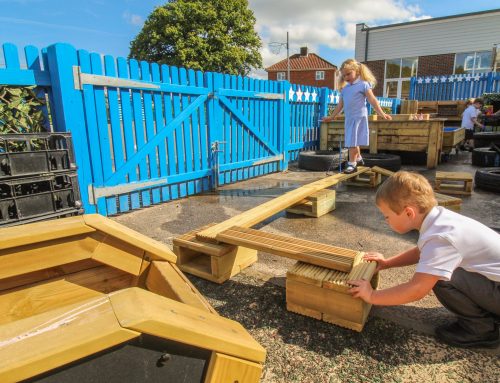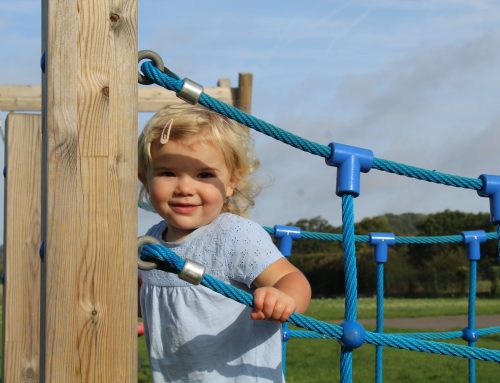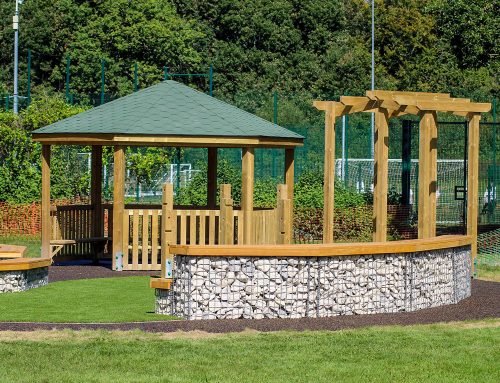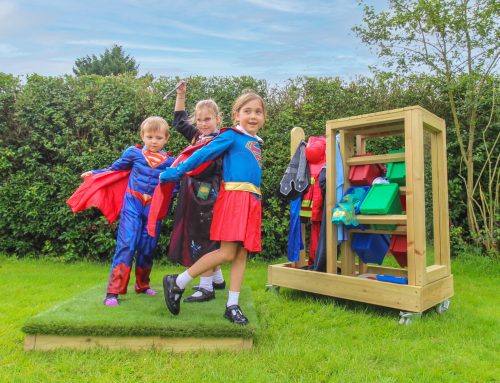Step into a sandpit, and you’ll witness more than just the joy of children building castles and digging tunnels. Sand play in schools is a dynamic and multi-faceted activity that goes beyond mere entertainment—it’s a powerful tool for shaping young minds. In this blog, we’ll explore the myriad benefits of incorporating sand play into the educational experience, highlighting its impact on physical, cognitive, and social development.
The Physical Benefits of Sand Play:
- Fine Motor Skills Development: Manipulating sand, whether through scooping, pouring, or shaping, engages the small muscles in children’s hands and fingers. This fine motor skill development is crucial for tasks like writing and tying shoelaces.
- Sensory Stimulation: The tactile nature of sand play provides a rich sensory experience. Children explore different textures, temperatures, and consistencies, stimulating their senses and enhancing overall sensory integration.
- Hand-Eye Coordination: Pouring, digging, and moulding in the sand require a level of hand-eye coordination. These activities help children refine their ability to coordinate visual input with motor responses, a skill that extends to various other aspects of learning and life.
The Cognitive Benefits of Sand Play:
- Creativity and Imagination: Sand play is an open-ended activity that sparks creativity and imagination. Children have the freedom to create worlds of their own, whether building intricate structures, designing landscapes, or inventing imaginative scenarios.
- Problem-Solving Skills: As children construct and manipulate sand, they encounter various challenges, encouraging them to think critically and problem-solve. Whether it’s figuring out how to make a tower more stable or redirecting the flow of sand in a pretend river, problem-solving becomes a natural part of play.
- Mathematical Concepts: Sand play provides an informal yet effective setting for introducing mathematical concepts. Children naturally explore concepts such as volume, measurement, and spatial relationships as they pour, fill, and build with sand.
The Social and Emotional Benefits of Sand Play:
- Cooperative Play: Sandboxes naturally lend themselves to shared play. Children collaborate, negotiate, and communicate as they work together on building projects, fostering a sense of cooperation and teamwork.
- Emotional Regulation: The sensory nature of sand play has a calming effect on many children. It becomes a therapeutic outlet for emotional expression, aiding in self-regulation and providing a positive coping mechanism during times of stress or anxiety.
- Communication Skills: Engaging in collaborative sand play requires effective communication. Whether discussing roles in imaginative play or coordinating efforts to achieve a common goal, children enhance their verbal and non-verbal communication skills.
Practical Applications in Schools:
- Sand Play Stations: Designate specific areas with sand play stations equipped with various tools and moulds, allowing children to explore and create during designated play times.
- Integrated Learning Activities: Integrate sand play into curriculum activities, such as using sand for letter formation, math exercises, or even creating historical landscapes for social studies lessons.
- Outdoor Sand Gardens: Create outdoor sand gardens with features like sand tables, digging pits, and sculpting areas. This transforms the outdoor environment into a dynamic space for both structured and unstructured sand play.
In the world of early childhood education, the benefits of sand play are as profound as the joy it brings to children. As they manipulate the grains beneath their fingers, they’re not just building castles—they’re constructing the foundations of their physical, cognitive, and social development. By recognizing the importance of sand play in schools, we embrace a holistic approach to education that nurtures creativity, problem-solving skills, and social intelligence, ensuring that every grain of sand becomes a building block for a brighter future.
